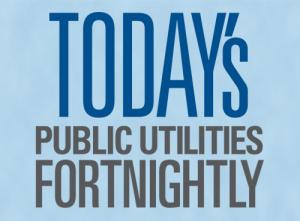Two Bureaus, One Conclusion

Yesterday’s column analyzed the latest Consumer Expenditure Survey; its data was released Friday afternoon. Monthly electric bills averaged $121.83 nationally though outside of the South the average was $107.92 to $111.42 depending on the region.
The national average was 1.9 percent of income before taxes and 2.4 percent of expenditures on goods and services. These percentages were the lowest ever, since the semi-annual survey through mid-year began with July 2011 through June 2012.
While the Bureau of Labor Statistics was releasing the data from this most accurate survey of American households, on Friday, the Bureau of Economic Analysis was releasing its consumer expenditure numbers as part of the Gross Domestic Product estimate.
In the first quarter of 2019, which ended just thirty days ago, households’ electric bills were 1.3 percent of expenditures on goods and services. This was one of the very lowest percentages in history, since the middle of the twentieth century, and the lowest since the first quarter of 2017.
Why, you ask, did the two Bureaus differ so much in coming up with the electric bill percentage? The Bureau of Labor Statistics says it’s 2.4 percent. The Bureau of Economic Analysis says it’s 1.3 percent. What gives?
The difference is mainly due to what they include in expenditures on goods and services. The Bureau of Labor Statistics counts only payments by households. The Bureau of Economic Analysis counts payments by households plus payments by government agencies and companies on behalf of households, for the low-income, students, the aged, the insured, pensioners, the incarcerated, etc.
These technicalities are of interest to economists. For the rest of us, what matters is that both measures of electric bills as a percentage of expenditures about as low as they’ve ever been.

